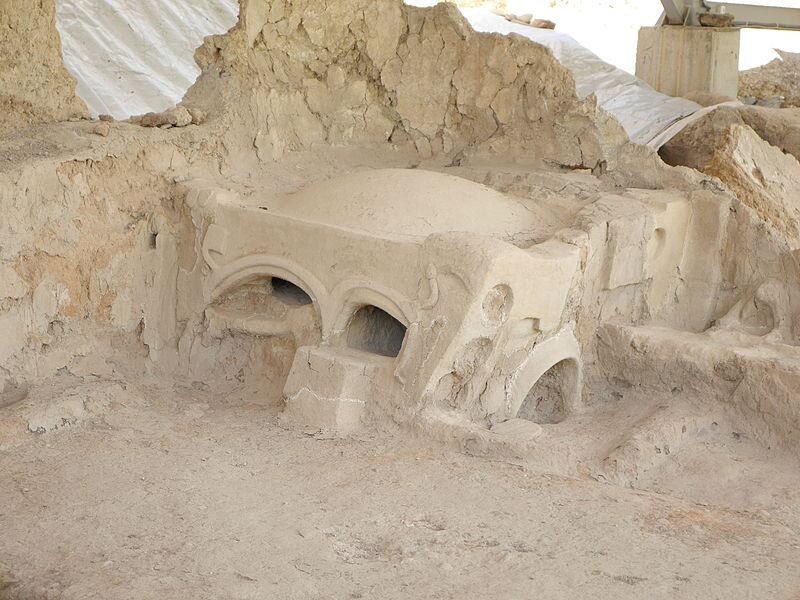Oldest Achaemenid fire temple unearthed in Georgia, Georgian Orientalist says

TEHRAN – The ruins of the oldest Achaemenid-era (c. 550-330) fire temple has been unearthed in Georgia, senior Georgian Orientalist Alexander Chulokhadzeh has said.
“The fire temple was located in the center of an ancient town, and given that the excavations are still in the early stages, archaeologists are expected to achieve other discoveries in this area,” IRNA quoted Chulokhadzeh as saying on Saturday.
He made the remarks on Friday during a webinar in which several Iranian and Georgian cultural experts, Orientalists, and archaeologists exchanged views on the Greater Iran.
Measuring eight by six meters in area, the fire temple was discovered in Grakliani Hill that is situated some 20 kilometers from Tbilisi, he explained.
Moreover, two completely intact fireplaces and two mortars with undamaged handles have been discovered at the fire temple that is highly expected to date from the time of Xerxes I (r. 486 – 465 BC), he added.
The expert pointed out that the ruins of the three Achaemenid palaces have been discovered in Georgia so far, adding “The presence of the Achaemenids in this land was not only political but also had cultural, social, religious and economic aspects.”
Iranian elements in Georgian art and archeology
According to Encyclopedia Iranica, ancient Georgian tribes had close cultural contacts with Near Eastern civilizations from the 18th century BC. Iranian elements appeared from the middle of the second millennium BC, as they did in the art of the entire Caucasian region.
Some objects, such as a bronze rhyton from eastern Georgia were brought from the territory of ancient Iran, while bronze animal- and disc-headed pins, as well as pendant bells and openwork birds, were derived from ancient Iranian styles. Daggers, swords, axes, adzes, pick-axes, and bidents also have close Iranian parallels.
Iranian elements continued to appear in weapons, horse harnesses, and bronze ornaments until the end of the second and the beginning of the 1st millennium BC but the vast majority of objects date from the 8th-7th centuries BC when the influence of the Luristan bronzes is noticeable.
At the end of the 6th century, the Colchian kingdom was established in western Georgia. In the 4th century BC, the Iberian state was formed in eastern Georgia. According to Herodotus, Colchis was not directly incorporated into the Persian Empire as one of its satrapies, but it paid tributes and was required to render gifts. It also provided auxiliary troops when required to do so. Probably, Colchis was used by Persians as a buffer state between their empire and the nomads of the southern Caucasus; Persian kings gave luxurious diplomatic gifts.
Iranian elements in ancient Georgian art and archeology gradually ceased from the 4th century CE when Christianity became the official religion of the Georgian states.
The Achaemenid [Persian] Empire was the largest and most durable empire of its time. The empire stretched from Ethiopia, through Egypt, to Greece, to Anatolia (modern Turkey), Central Asia, and India.
AFM
Leave a Comment